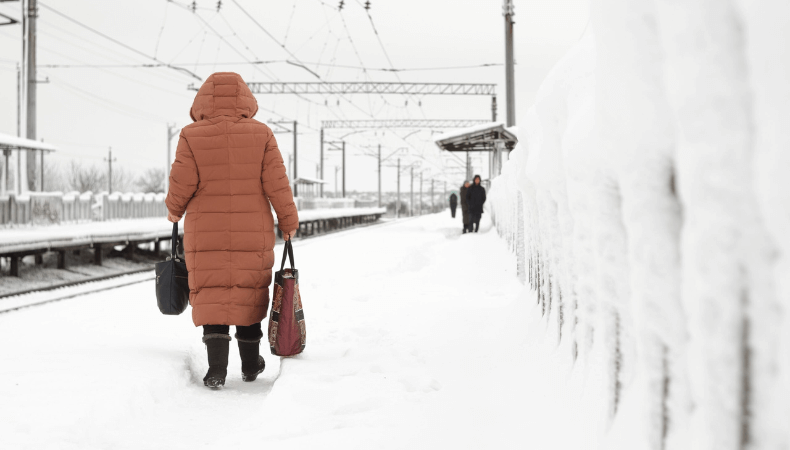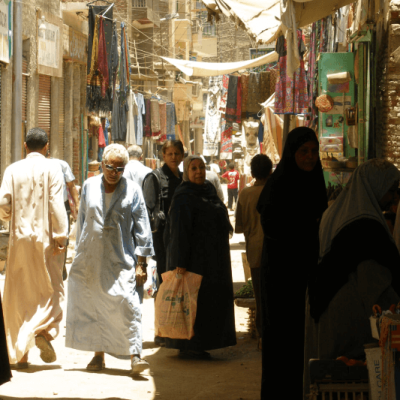The Arctic Blast: How Extreme Cold Affects Power, Travel, and Health Across the U.S.

A front of cold air from the Arctic is moving down into the U.S., sending temperatures plunging below zero degrees Fahrenheit (–18 degrees Celsius) in many parts of the country. The cold snap, which is expected to last for about a week, is caused by a disruption of the polar vortex, a swirl of winds that traps the frigid air in the high latitudes.
When the polar vortex weakens, the cold air can spill southward, creating a contrast with the warmer and moist air ahead of it. This can lead to a fast-developing storm, known as a “bomb cyclone”, which brings heavy snow and strong wind.
The Effect
The Arctic blast has significant and diverse effects on the power, travel, and health sectors across the U.S. Some of the key impacts include:
- Power: The extreme cold can increase the demand for electricity and natural gas, as people try to heat their homes and businesses. This can strain the power grid and cause outages, especially if the supply is disrupted by frozen pipes, equipment failures, or transmission problems. The power sector has been preparing for this scenario, by increasing the generation and storage capacity, and by upgrading the infrastructure and technology. However, some regions, such as Texas, which experienced a devastating blackout in February 2021, may still face challenges and risks.
- Travel: The heavy snow and wind can disrupt the travel plans of millions of people, who are heading to their holiday destinations or returning home. The snow can reduce the visibility and traction on the roads, making driving dangerous and difficult. The wind can cause blizzard conditions and drifting snow, blocking the roads and highways. The travel sector has been advising the travelers to check the weather and road conditions, and to postpone or cancel their trips if necessary. The travelers have also been urged to pack emergency kits, and to stay in their vehicles if they get stranded.
- Health: The bitter cold can pose serious health threats to the people, especially the elderly, the children, and the homeless. The cold can cause hypothermia, frostbite, and other injuries, which can be life-threatening if not treated promptly. The cold can also aggravate existing health conditions, such as asthma, heart disease, and diabetes. The health sector has been warning the people to dress warmly, to stay indoors, and to avoid alcohol and caffeine. The people have also been encouraged to check on their neighbors and relatives, and to seek medical help if they experience any symptoms.






